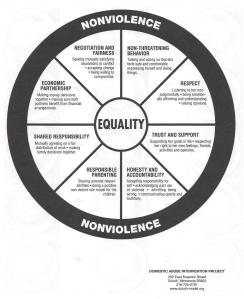I’m done with disasters for now. And yet, there is still work to done, both personally and as part of the collective that lives on a shared planet. If there’s one thing that has remained true in 2020, it’s the connection to earth and the precious air we share. How visible that space is now! I work through electronic media, I visit and take courses in the same way. People I see in person are masked, with all that evokes. The trees, rivers, lawns, gardens, birds, critters, bugs, sky and weather remain immediate and true to form. One of my favourite “earth” connections this year is the food that a CSA farm delivers to my doorstep.
My novel, The Bones and the art show that followed its publication needs to wrap up one last thing before I move on to the next large project. I would like to finish sharing with everyone the rest of the work from Text to Textiles, the display of illustrations I made for The Bones. Some are sold, others are nested safely for another day.
Text to Textiles was based on the idea that the main driver of the plot in The Bones, Catherine, is the head textile curator at the Royal Ontario Musuem. She goes back to her family farm which is inundated with flood waters to gather textile artifacts and also to search out for the bones of Tecumseh. One is a great motive, the other rather obsessive, patriarchal, colonial, etc., etc..
There seemed no better way to illustrate The Bones than through stressing common Ontario Loyalist textiles after they are embroidered with traditional stitches. Less traditional materials are used to highlight Catherine’s daughter’s views. And then there are emboideries on silk with somewhat Gothic representations that link to another character and the silk memorial embroideries that would have been popular with Loyalists after the War of 1812.
I will make individual posts with the text below to carry on where I left off, but for now, enjoy the slide show!

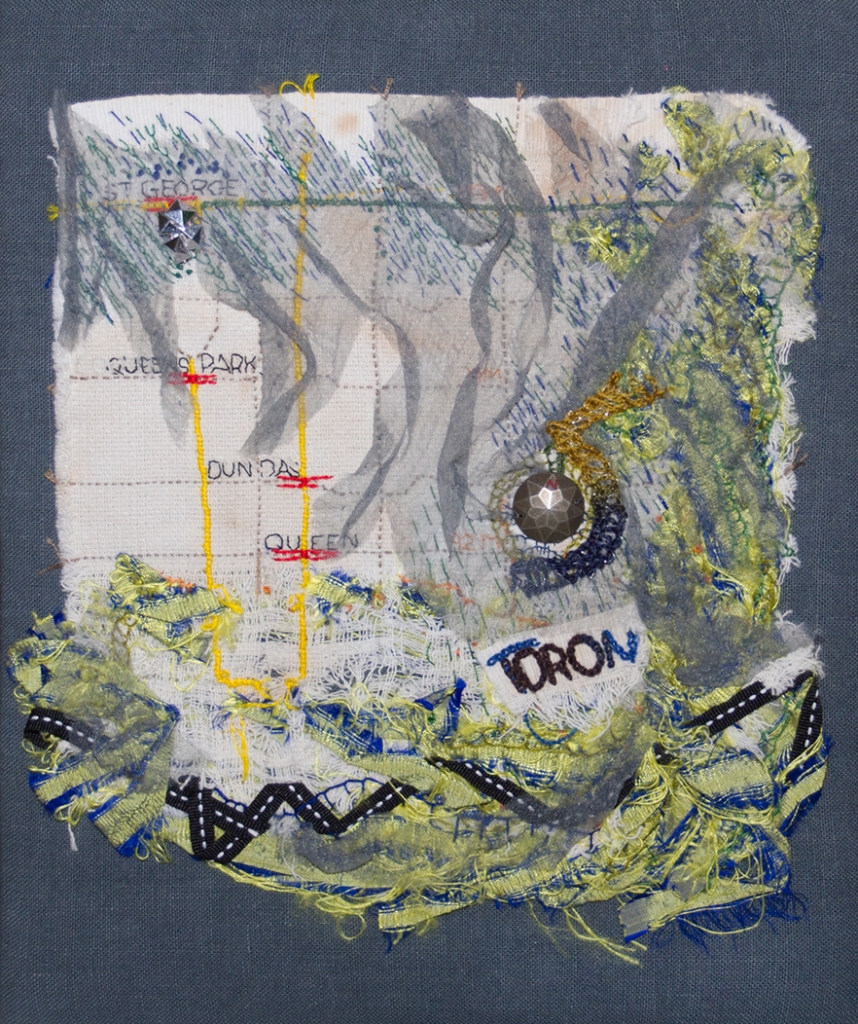







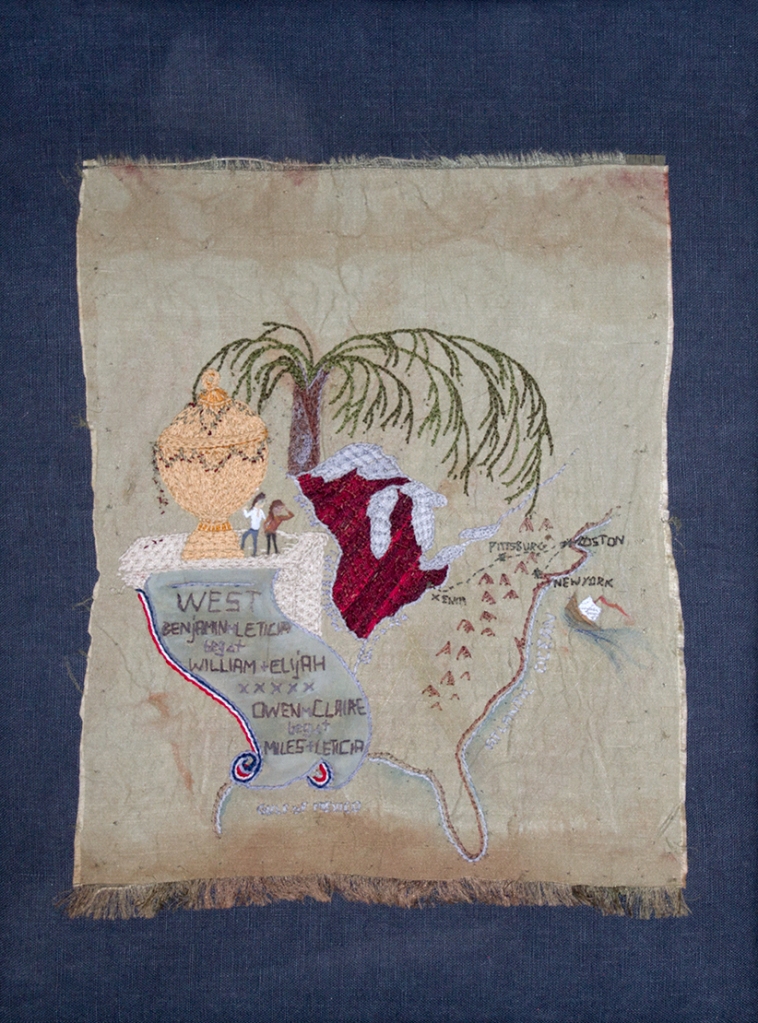
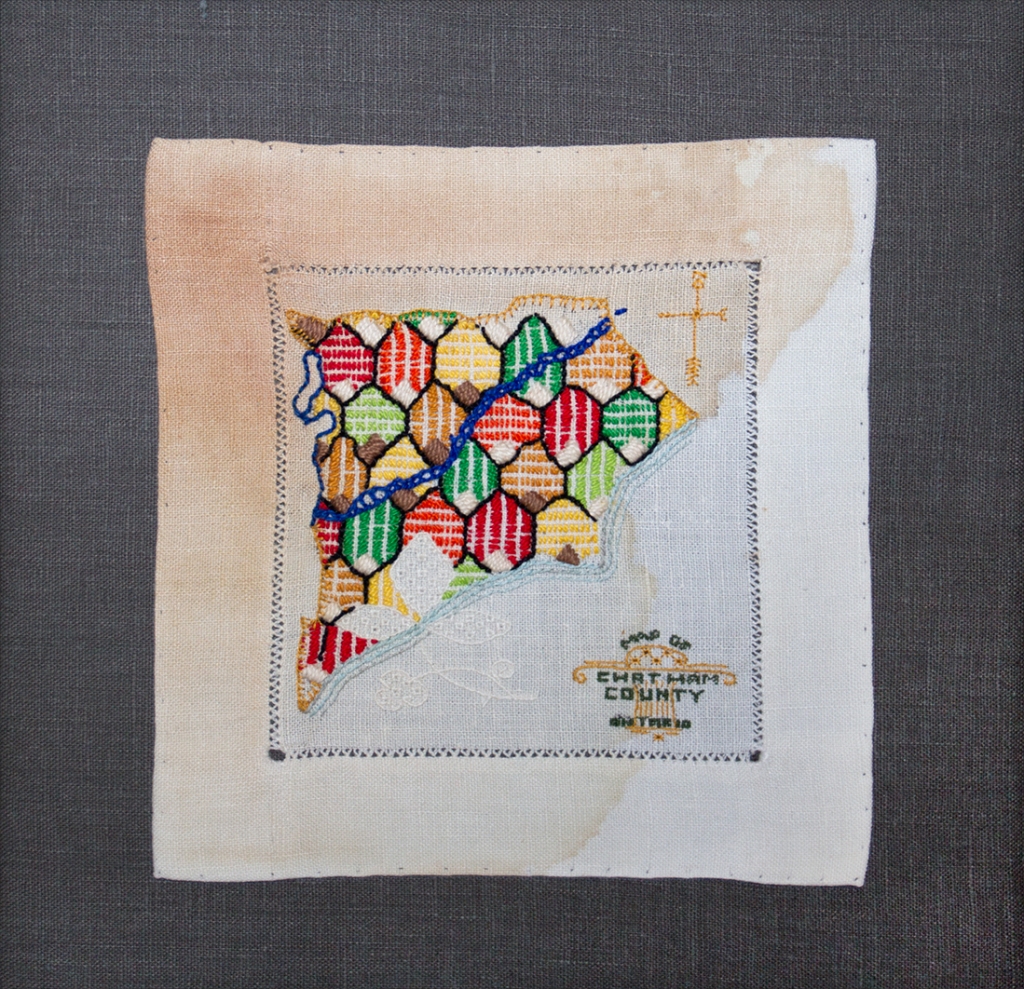




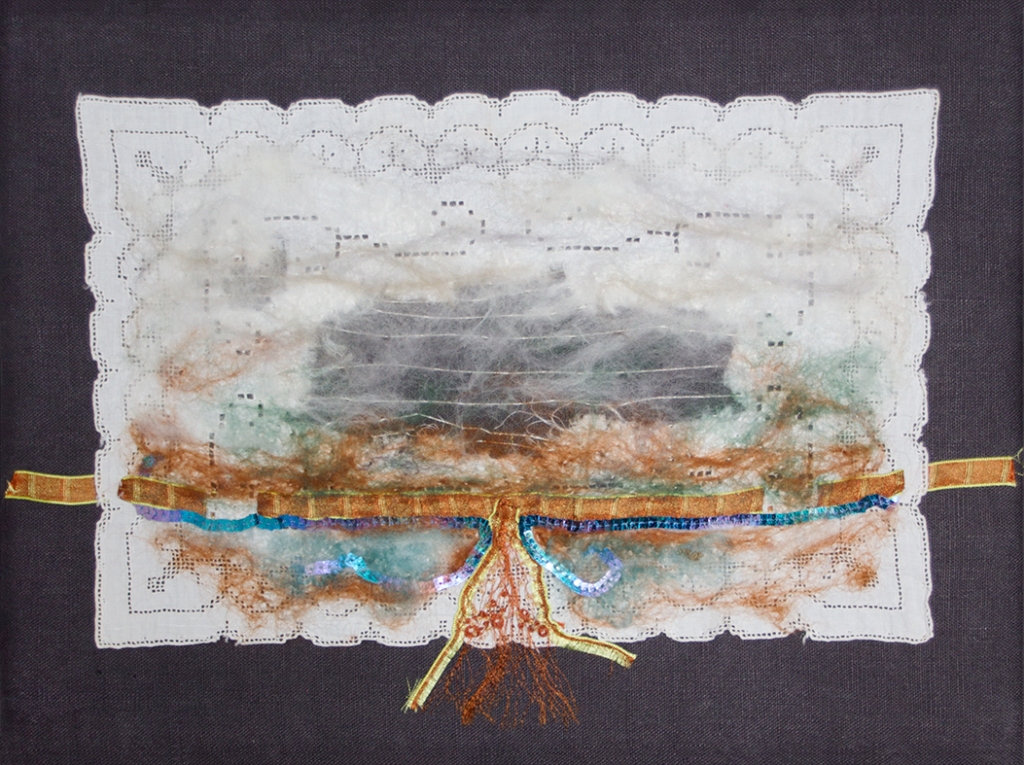

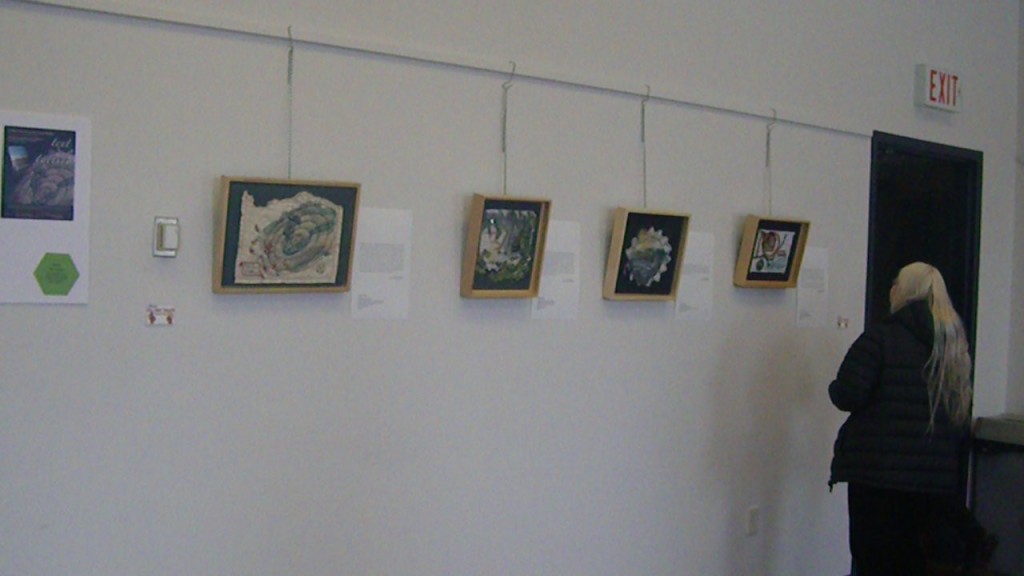

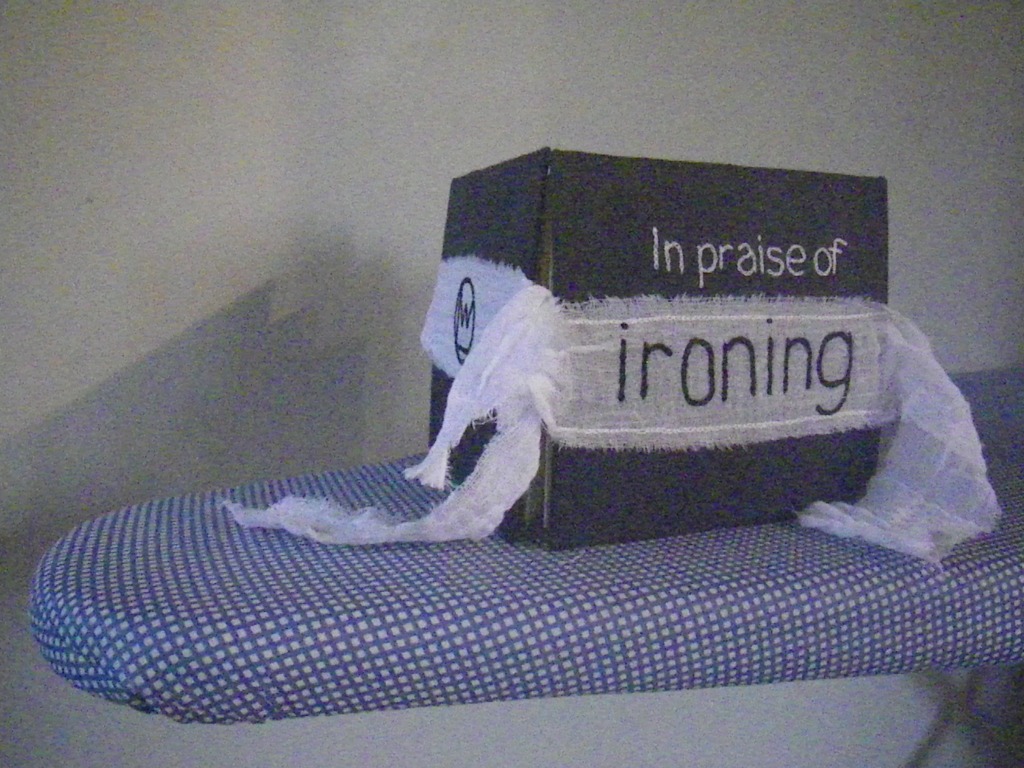
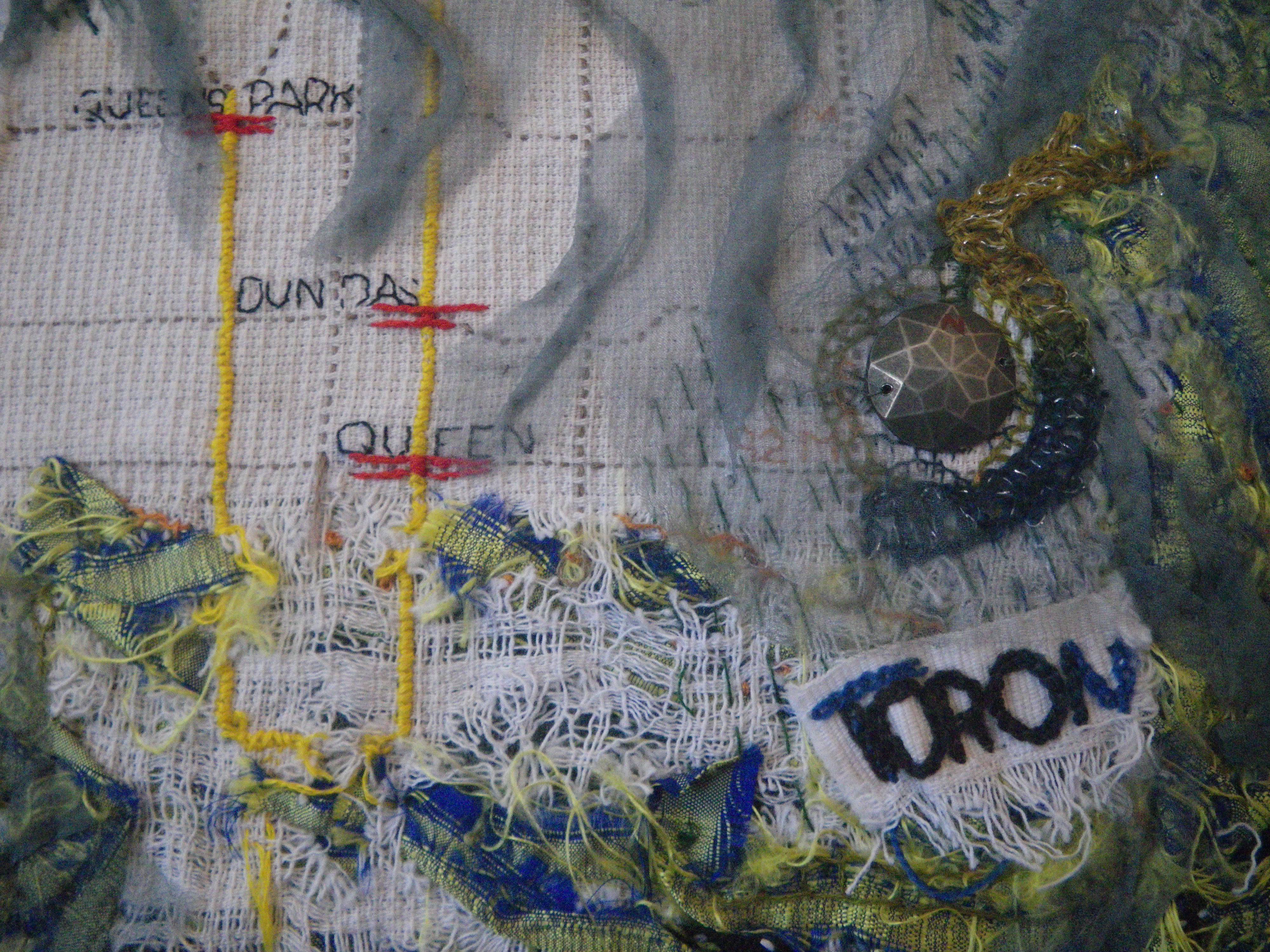


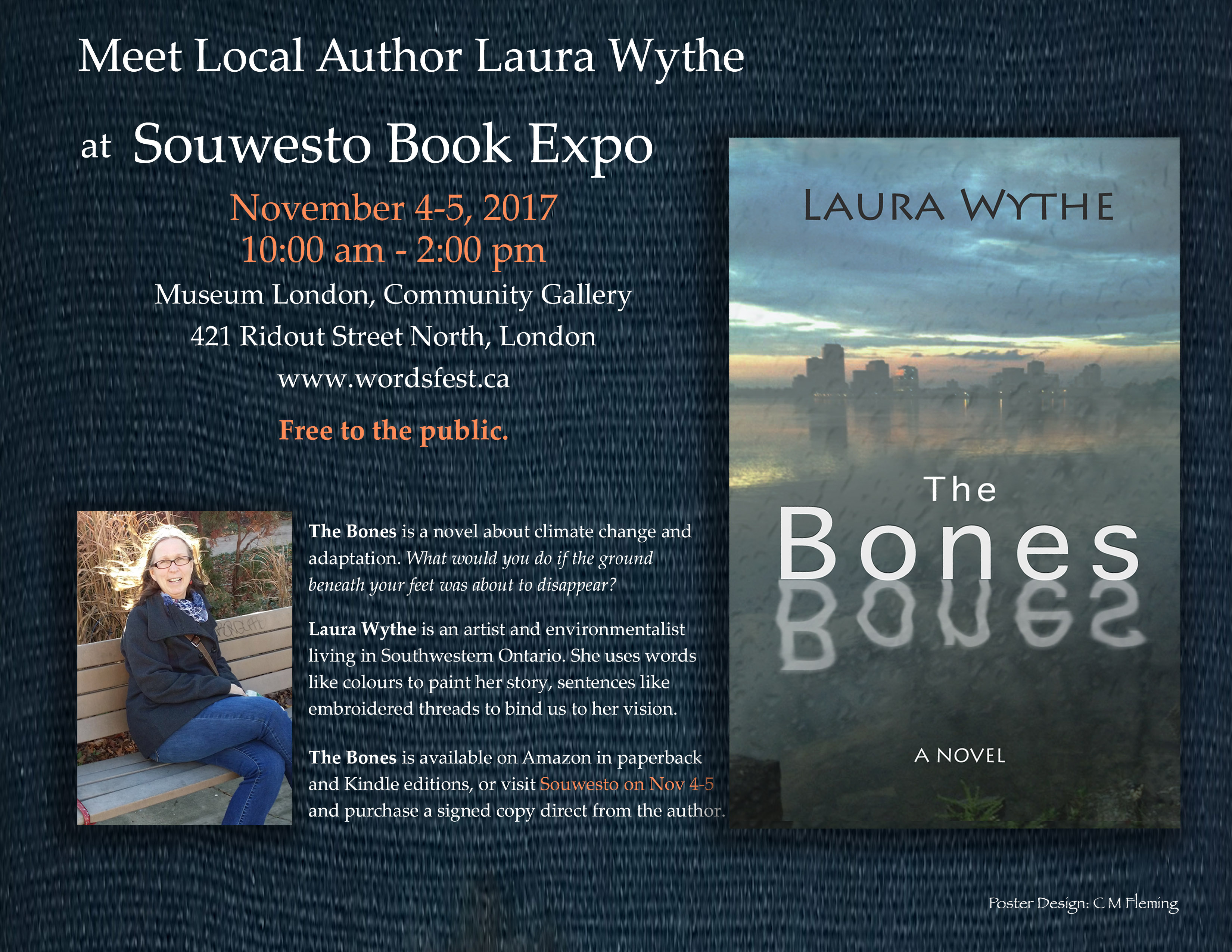

 Another title in the Coach House list that caught my eye was And the Birds Rained Down by Jocelyne Saucier and translated from French by Rhonda Mullens. It’s a story about the northern bush north of Timmins, but not in the usual CanLit way. There is suffering, but the woods are the remedy for Saucier’s characters. I don’t know a lot about translations, but I feel like I would enjoy this more in the original French, as the English feels awkward at times. The interspersed history of the Great Fires that raged through the area 100 years ago is pretty interesting.
Another title in the Coach House list that caught my eye was And the Birds Rained Down by Jocelyne Saucier and translated from French by Rhonda Mullens. It’s a story about the northern bush north of Timmins, but not in the usual CanLit way. There is suffering, but the woods are the remedy for Saucier’s characters. I don’t know a lot about translations, but I feel like I would enjoy this more in the original French, as the English feels awkward at times. The interspersed history of the Great Fires that raged through the area 100 years ago is pretty interesting.